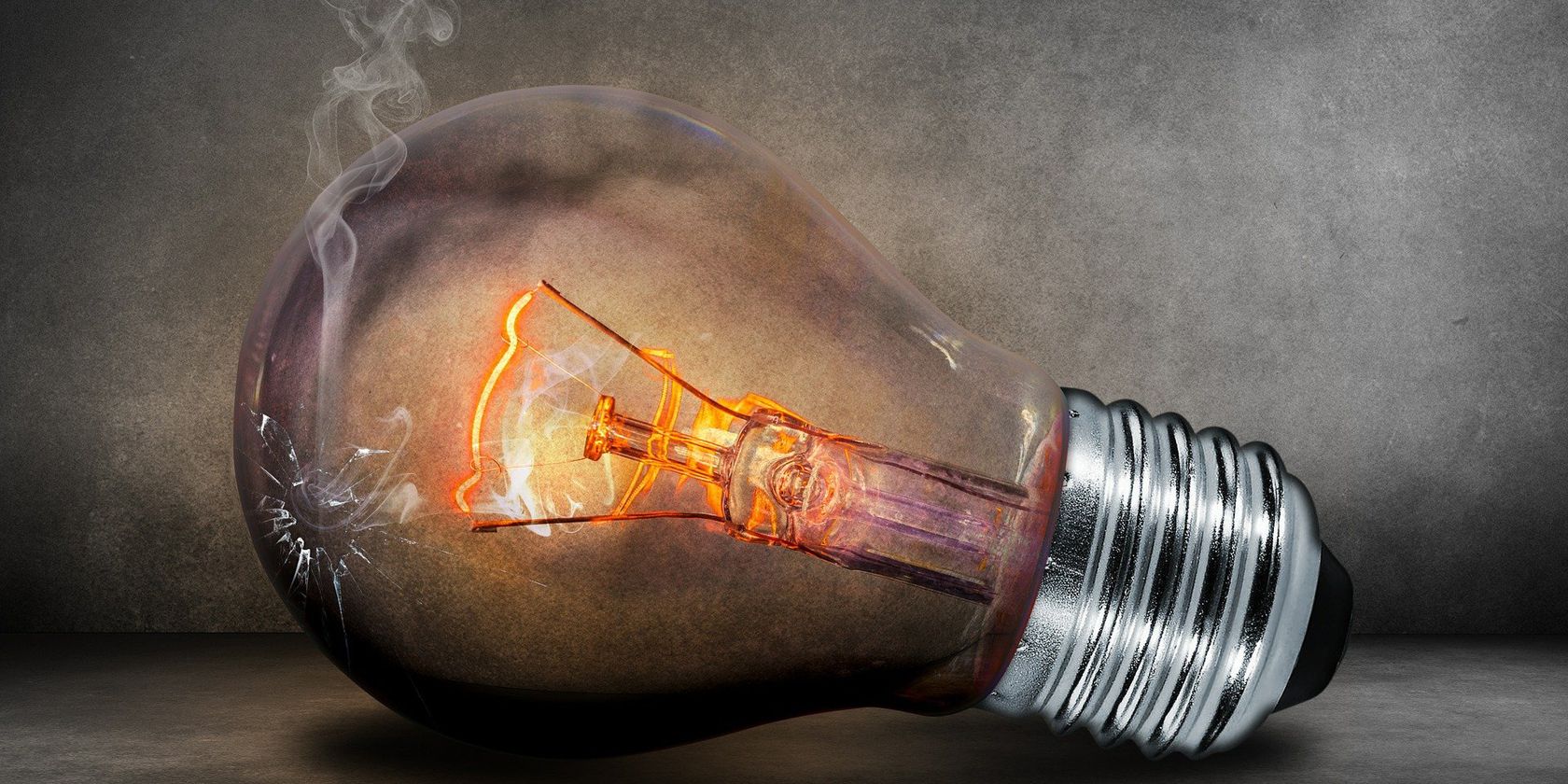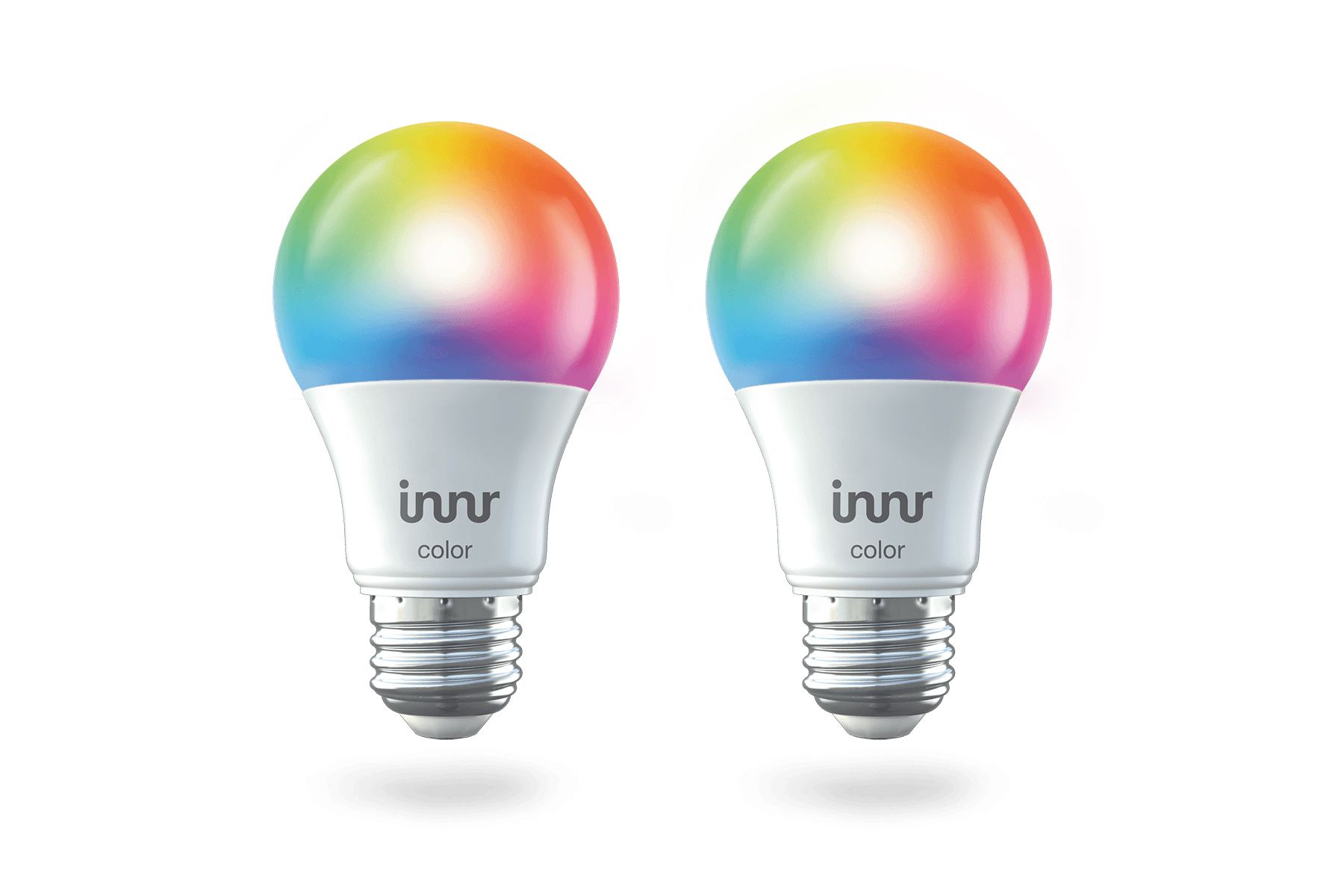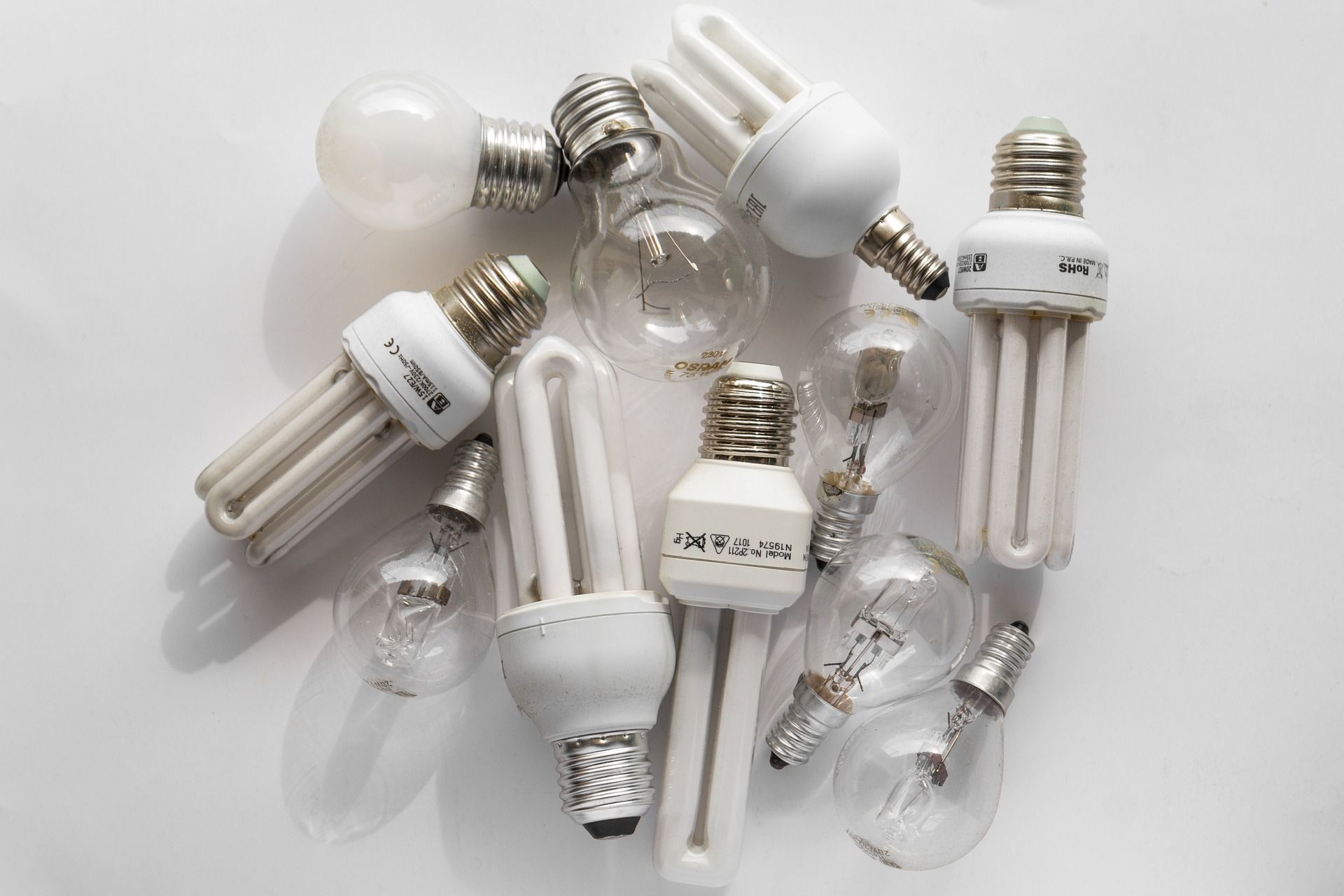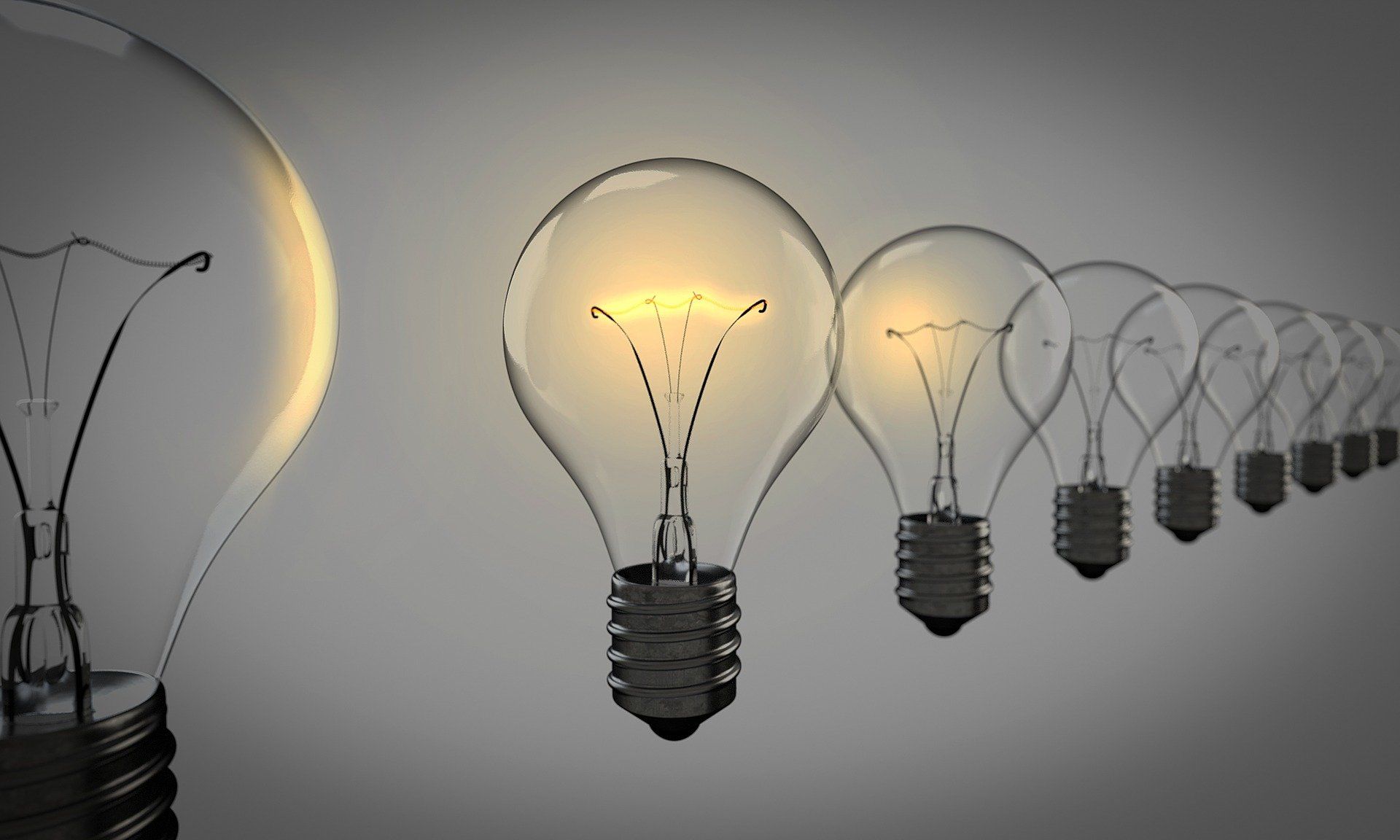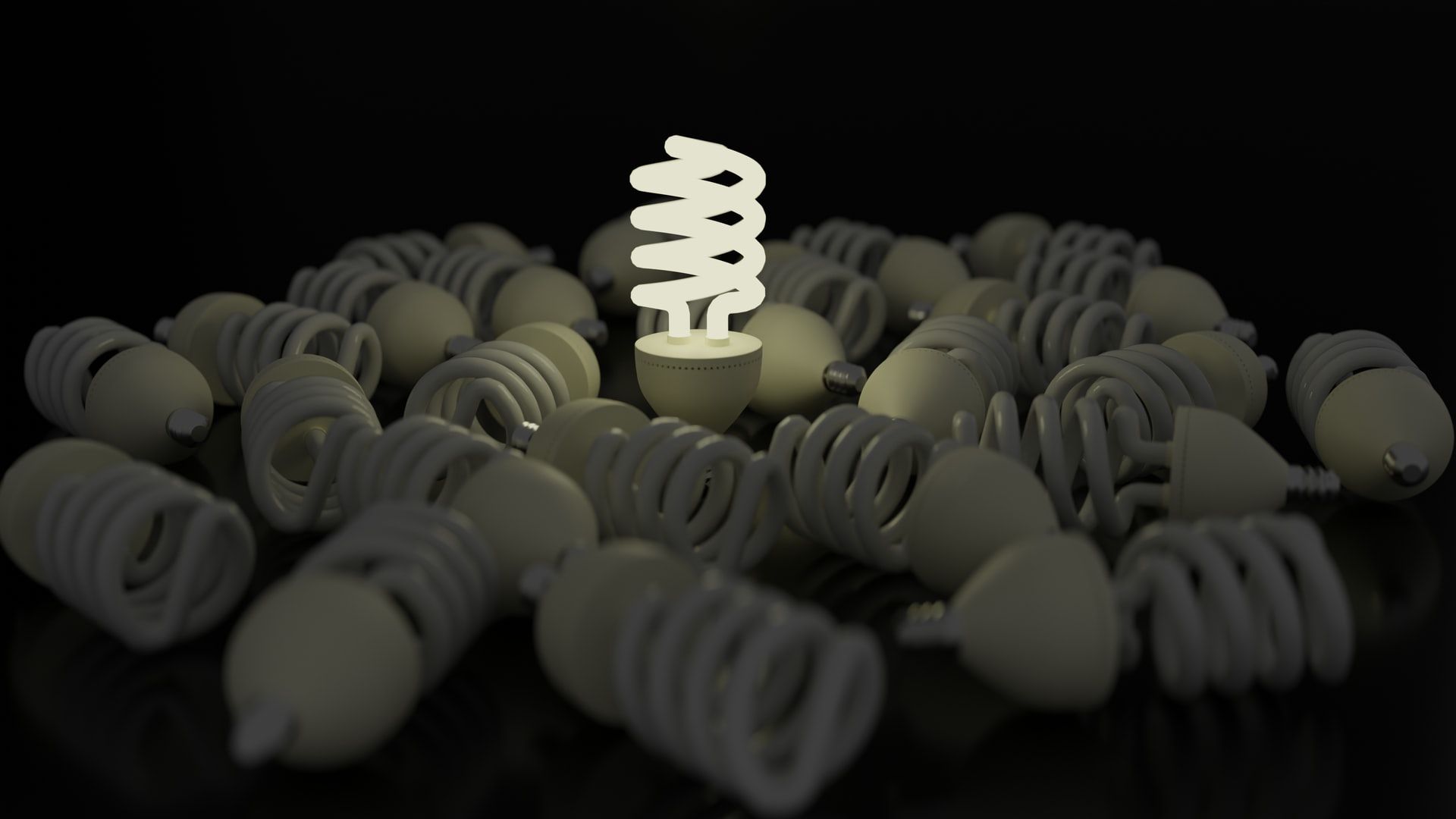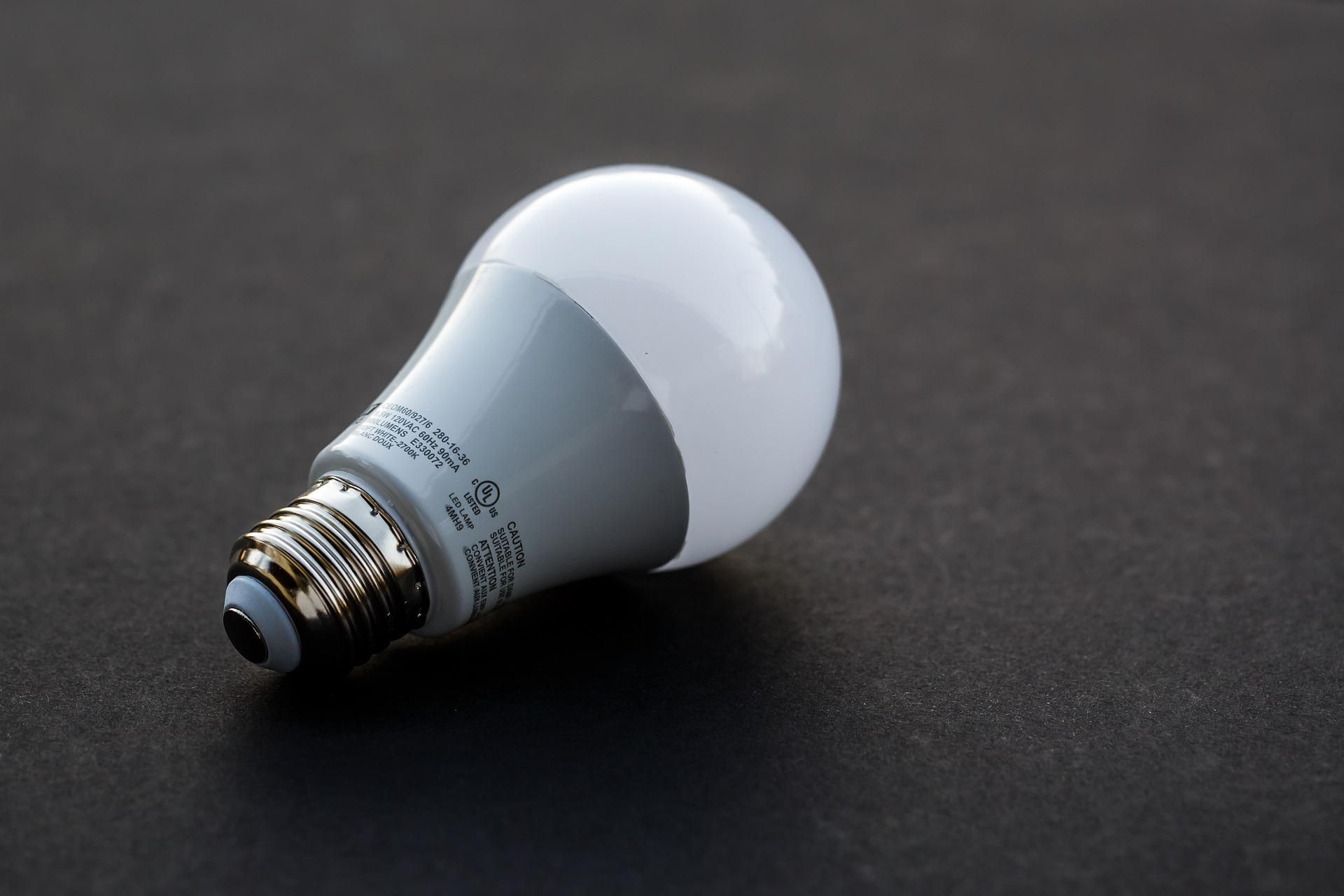Smart light bulbs are all the rage in today's smart homes, but most people still have a lot of non-smart bulbs around, too. When does it make sense to throw away those old dumb bulbs and invest in new smart bulbs? And how should you dispose of those old bulbs? (Spoiler alert: It's not as easy as just throwing them in the trash.)
If you're considering upgrading from dumb bulbs to smart ones, there's no time like the present to make the move. You just need to know how much it will cost and how to properly dispose of your old incandescent, CFL, halogen, and LED bulbs.
What Is a Smart Bulb—and How Does It Differ From a Regular Bulb?
A smart bulb is an LED light bulb that can connect to a smart home network and be controlled remotely via a smart speaker or smartphone app. Smart bulbs replace traditional light bulbs but add more functionality. Some smart bulbs can be dimmed or change color. Most can be programmed to turn on or off at specific times or under certain conditions.
A traditional light bulb can't do any of this. A regular light bulb, whether LED, CFL, or incandescent, just turns on or off. Some are dimmable if connected to a dimmer switch, but that's about it.
In short, if you want your lights to be more functional, replace your regular bulbs with smart bulbs or install smart plugs for them.
While all smart bulbs are LED bulbs, not all LED bulbs are smart bulbs. In fact, most low-priced LED bulbs today are not smart bulbs—they're just regular light bulbs with no smart functionality but use LED technology instead of old-school incandescent bulbs.
How Much Do Smart Bulbs Cost?
Smart bulbs cost a little more than comparable non-smart LED bulbs and quite a bit more than traditional incandescent bulbs. Most 60-watt smart bulbs sell for between 8 and 20 USD, depending on features and functionality.
Compare that to a non-smart 60-watt LED bulb, which sells for between 2 and 4 USD, depending on quantity. Old-school incandescent 60-watt bulbs, where they're still available, typically sell for under a dollar.
When Does It Make Sense to Switch to Smart Bulbs?
If you still have some old-school incandescent bulbs in your home, they're probably on their last legs. You might as well replace them now with smart LED bulbs that last longer, use less electricity, and have the smart functions you want.
Chances are you've replaced some or all of your old incandescent bulbs with newer CFL or LED bulbs. Those bulbs will last a long time and don't use much energy. Replacing a fully functioning CFL or LED bulb with a smart bulb is a more difficult decision.
If you feel the smart functionality warrants the added cost, go ahead and replace them. If, on the other hand, you're perfectly happy with the way your lights currently work, keep using those CFL and LED bulbs until they quit working—which may be many years from now.
When you're ready to invest in smart bulbs, check out this list of the best smart light bulbs on the market today. Then you can learn how to set up your smart bulbs to work with your smart speakers and other smart devices.
How Should You Dispose of Your Old Bulbs?
You may be used to just throwing your old light bulbs in the trash when they quit working. That may have been okay for traditional incandescent bulbs, but if you have newer CFL or LED bulbs, that isn't allowed.
How to Dispose of Incandescent Bulbs
Traditional incandescent bulbs don't contain any hazardous materials, so they can go into your normal trash. If the bulb is broken, you may want to wrap it in paper or plastic first, so nobody gets cut on the jagged glass.
How to Dispose of Halogen Bulbs
Halogen bulbs, found in many desk and floor lamps, can be disposed of in your regular trash, just like incandescent bulbs. There's nothing there that needs to or can be recycled.
How to Dispose of CFL Bulbs
For several years, compact fluorescent (CFL) bulbs were the chosen replacement for incandescent bulbs. CFL bulbs used less energy but also gave off a weird color light and had a bulky curved shape. They also lasted longer than incandescent bulbs, so you might have some of them around, still working.
Not only are CFL bulbs uniquely disliked by consumers, but they're also difficult to dispose of. That's because a CFL bulb contains mercury, a toxic material that, if not handled correctly, can seep into groundwater and damage your liver, kidneys, and lungs, as well as your immune and nervous systems. In other words, it's nasty stuff.
Because of this, you do not want to just toss out a CFL bulb with your regular trash. Instead, you should recycle CFL bulbs. Check with your trash hauler, recycling provider, or local government for instructions on how to proceed. You may also be able to recycle them at your local hardware store.
Both Home Depot and Lowes accept CFL bulbs for recycling.
How to Dispose of LED Bulbs
LED bulbs contain tiny microchips that control the electrical current to the light-emitting diode. These chips contain trace amounts of lead, arsenic, and other heavy metals that, in large quantities, can be toxic.
That said, some municipalities let you place LED bulbs in the regular trash. Others classify LED bulbs as regulated electronic waste you must recycle, just like you have to recycle computers and other electronics. Check with your state or local government for what's required in your area, then follow their instructions for proper disposal.
Now Is the Time to Move to Smart Light Bulbs
If you still have a lot of old incandescent or CFL bulbs around your home, now is as good a time as any to get rid of them and upgrade to smart light bulbs. You may even want to upgrade your basic "dumb" LED bulbs to smart bulbs.
Smart bulbs cost a little more but let you do much more with them. Just make sure you dispose of them correctly—which means recycling CFL and, in some areas, LED bulbs instead of throwing them in the trash.

